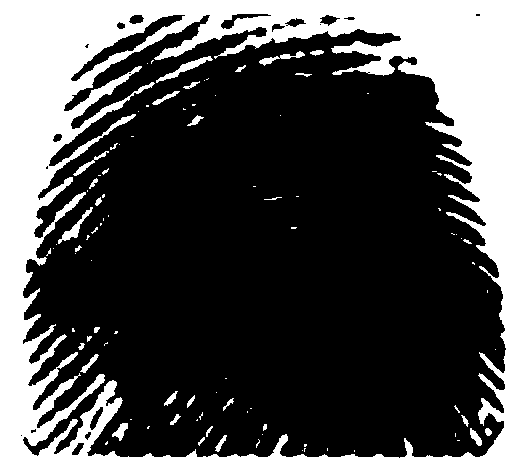Method for constructing dermatoglyph classification prediction model by introducing ResNet deep learning network
A technology of deep learning network and classification prediction, which is applied in the field of introducing ResNet deep learning network to build a dermatoglyph classification prediction model, which can solve the problems of dermatoglyph damage, data processing influence of dermatoglyph classification prediction model, difficulty of shallow model, etc., to achieve Effects for image repair, improved referenceability, and improved processing quality
- Summary
- Abstract
- Description
- Claims
- Application Information
AI Technical Summary
Problems solved by technology
Method used
Image
Examples
Embodiment Construction
[0051] Such as figure 1 As shown, the method for introducing the ResNet deep learning network to construct the dermatoglyph classification prediction model proposed by the present invention, the purpose to be achieved is to try to build a model algorithm that is beneficial to the dermatoglyph classification prediction on the basis of introducing the ResNet deep learning network model. At the same time, whether it is the technical solution to be implemented in the present invention or the subsequent use of the technical solution of the present invention to carry out daily dermatoglyphic collection, classification and recognition operations, it is all to use intelligent collection terminals, such as mobile phone cameras and other Internet IT tools to collect clear dermatoglyphic features, The problem of the convenience of pattern entry can be solved first, so that it can collect clear image features of the sample skin pattern that meet the requirements.
[0052] The method for i...
PUM
 Login to View More
Login to View More Abstract
Description
Claims
Application Information
 Login to View More
Login to View More - R&D
- Intellectual Property
- Life Sciences
- Materials
- Tech Scout
- Unparalleled Data Quality
- Higher Quality Content
- 60% Fewer Hallucinations
Browse by: Latest US Patents, China's latest patents, Technical Efficacy Thesaurus, Application Domain, Technology Topic, Popular Technical Reports.
© 2025 PatSnap. All rights reserved.Legal|Privacy policy|Modern Slavery Act Transparency Statement|Sitemap|About US| Contact US: help@patsnap.com



